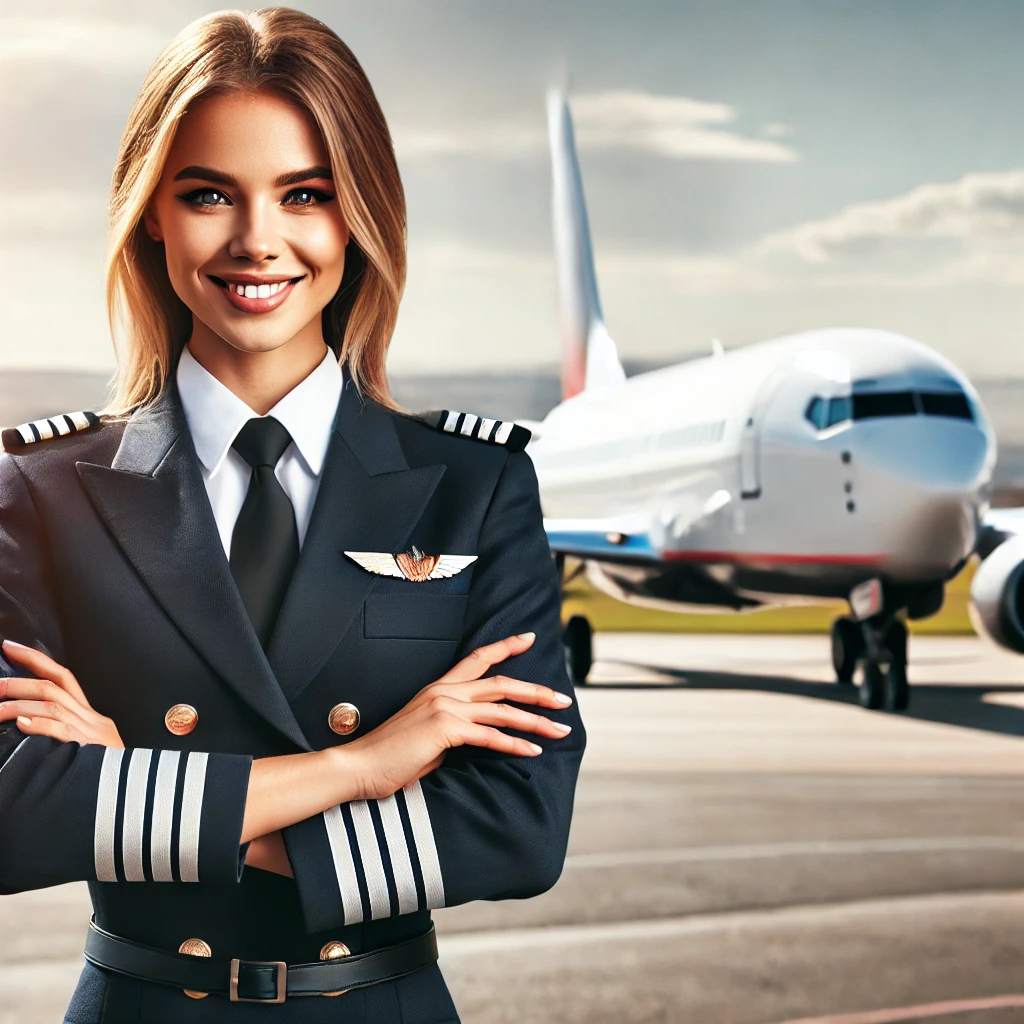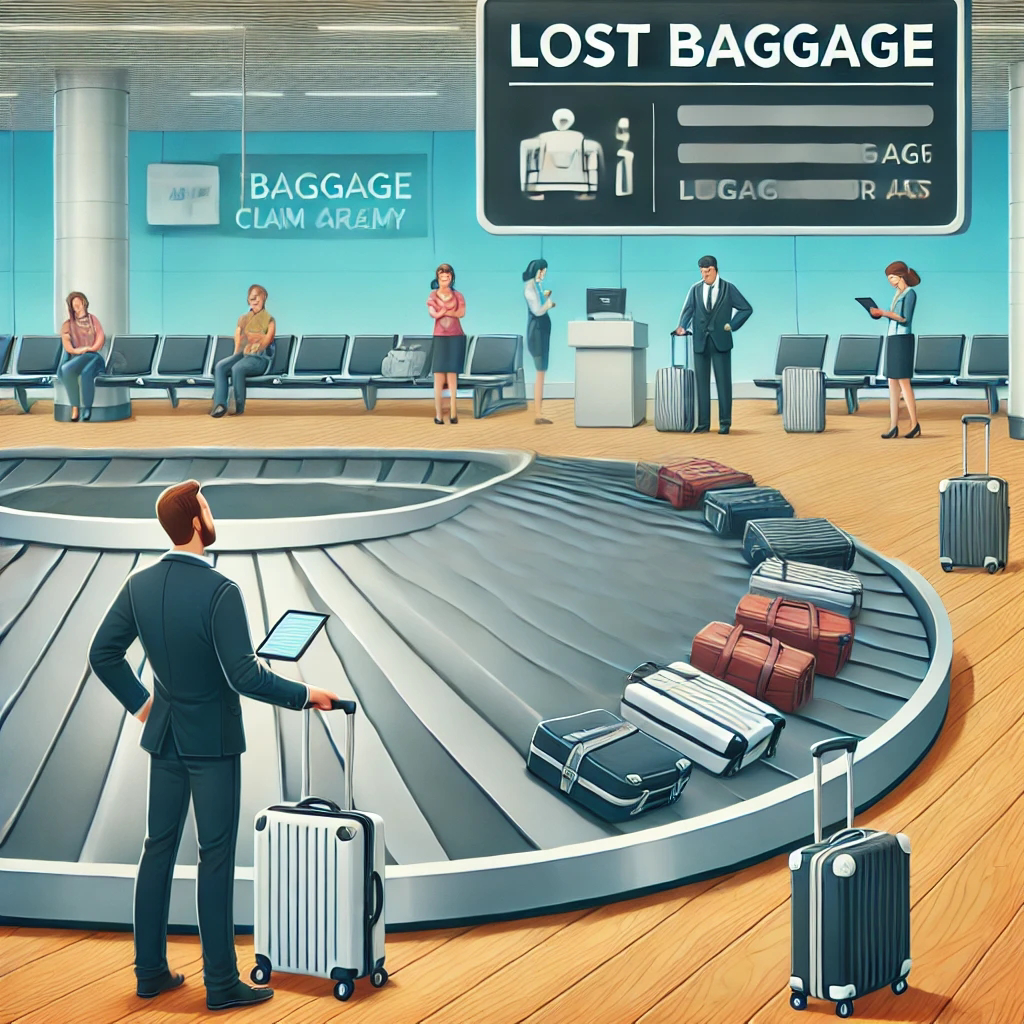The Growing Demand for Female Pilots in the Aviation Industry
For decades, the aviation industry has been predominantly male-dominated, but in recent years, there has been a growing demand for female pilots. Airlines and aviation organizations worldwide are actively encouraging more women to pursue careers as pilots, recognizing the need for diversity, innovation, and gender balance in the cockpit. This article explores the factors driving this demand, the challenges women face in aviation, and the future of female pilots in the industry.
Why the Demand for Female Pilots is Rising
1. The Need to Address the Global Pilot Shortage
The aviation industry is experiencing a significant pilot shortage, with global demand for air travel increasing every year. According to Boeing, the world will need more than 600,000 new pilots by 2040 to keep up with this growth. Encouraging more women to join the profession is a key solution to closing this gap.
2. Diversity and Inclusion Initiatives
Airlines and aviation organizations are actively promoting diversity and inclusion by:
Offering scholarships and mentorship programs for female aspiring pilots.
Creating leadership and training opportunities specifically for women in aviation.
Partnering with organizations like the International Society of Women Airline Pilots (ISA+21) to support female aviators.
3. Changing Public Perception and Role Models
The increasing visibility of successful female pilots is inspiring young girls to pursue aviation careers. Captains like Tammie Jo Shults, Zara Rutherford, and others have shown that women can excel in the cockpit, encouraging more female representation in the industry.
Challenges Female Pilots Face
Despite the growing demand, female pilots still face obstacles, including:
Gender Stereotypes: Many people still perceive piloting as a male profession.
Work-Life Balance: The demanding schedules of pilots can be challenging, especially for women balancing career and family life.
Limited Representation: Women currently make up only around 5-6% of commercial airline pilots worldwide, highlighting the need for continued progress.
The Future of Women in Aviation
With continuous efforts from airlines, governments, and aviation training institutions, the number of female pilots is expected to rise. Key future trends include:
More female-focused recruitment campaigns in flight schools and airlines.
Increased flexibility in pilot work schedules to accommodate diverse lifestyles.
Further advancements in aviation technology making the profession more accessible to everyone.
The aviation industry is changing, and the demand for female pilots is stronger than ever. As more women break barriers and enter the cockpit, the industry is becoming more inclusive and innovative. With the right support, policies, and encouragement, the future of aviation will see more women taking flight and leading the way in the skies.



Comments
Post a Comment